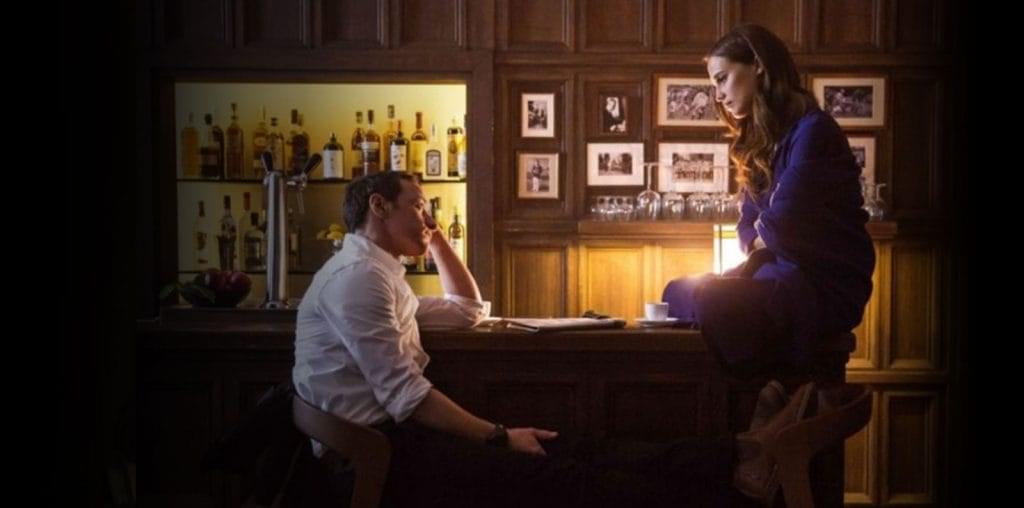
In June 1966, Senator Robert F. Kennedy accepted the invitation of several South African university student organizations to speak at their institutions regarding the state of apartheid. This excellent documentary by Tami Gold and Larry Shore revisits Kennedy’s landmark visit, which put the human rights struggle in South Africa firmly on the world’s radar.
For its time, Kennedy’s visit was highly unusual – the U.S. government counted on the South African regime as an ally in the Cold War, and there was very little open criticism of apartheid from American political and civil leaders. Even Martin Luther King Jr. only occasionally spoke out against the devastating racial policies in South Africa – and his comments made no dent on either side of the Atlantic.
The Kennedy visit had to accommodate the dictatorial protocol of the era. His university audiences were nearly all white, while his visit to Soweto found him within an all-black segregated slum. Kennedy’s conversations with so-called “banned” critics of the apartheid regime (most notably the Nobel Prize winning Chief Albert Lutuli) were held in one-on-one meetings without media presence, since “banned” people could not be in the company of two or more people at one time.
The white South African media, which was under government control, mostly followed unofficial federal orders to ignore the visit; Kennedy, according to the film, did not meet with any high-ranking government officials. Nonwhite reporters and photographers, however, were omnipresent throughout the visit.
Despite these obstacles, Kennedy made an impact. He eloquently tore away the South African government’s insistence that all anti-apartheid activists were communists, and he spoke boldly about the human rights crisis created by the racist system. During a speech at the University of Cape Town, he gave one of the most memorable political statements of the 1960s: “Each time a man stands up for an ideal, or acts to improve the lot of others, or strikes out against injustice, he sends forth a tiny ripple of hope, and crossing each other from a million different centers of energy and daring those ripples build a current which can sweep down the mightiest walls of oppression and resistance.”
Gold and Shore assembled an extraordinary collection of rare newsreel footage, photographs and audio recordings from the visit – most of this archival material has not been seen outside of South Africa – and they track down the surviving organizers, audience participants and media representatives that were present during the visit. Their work pays off brilliantly, capturing the full emotional experience of the event and its continuing resonance within South Africa’s modern multiracial society.
While the Kennedy visit made no immediate impact on breaking down the apartheid policies (that gruesome system would survive into the early 1990s), it nonetheless represented the first major crack in the racist operations. This wonderful film provides a memorable tribute to that bold first volley at bringing freedom and justice to all South African people.
